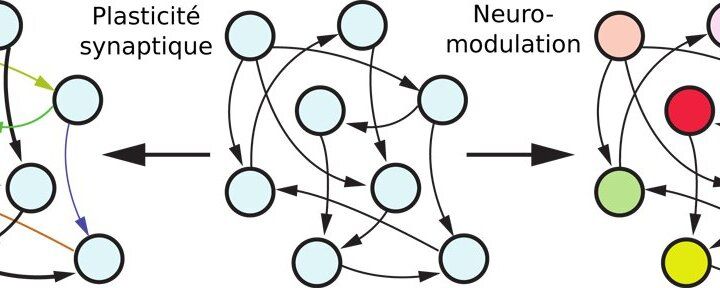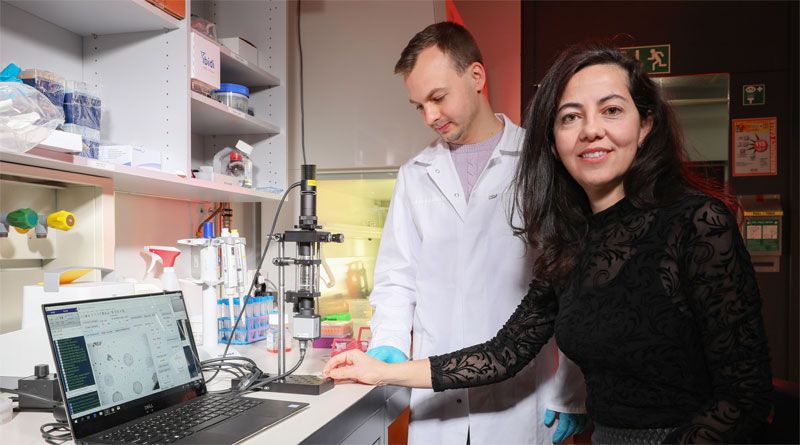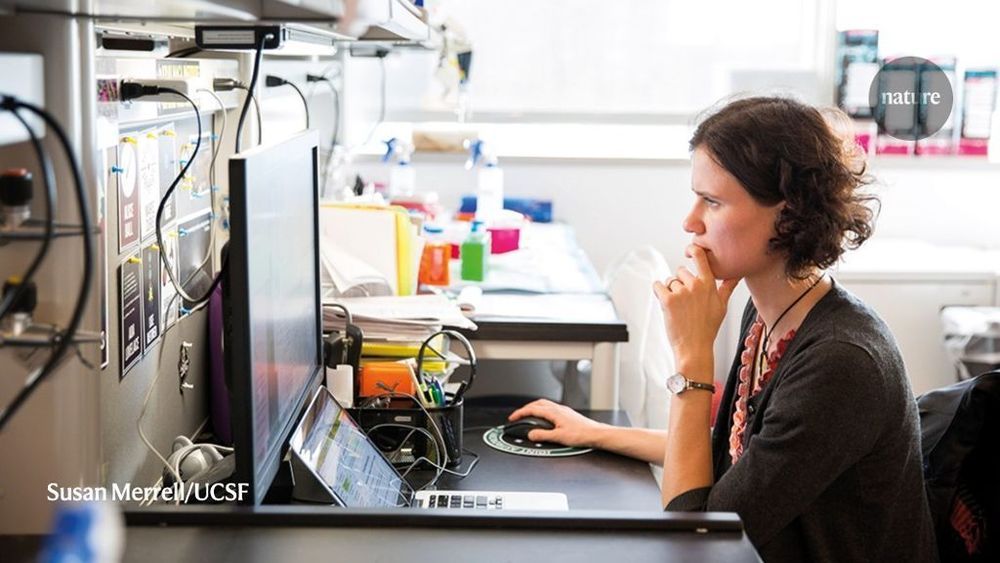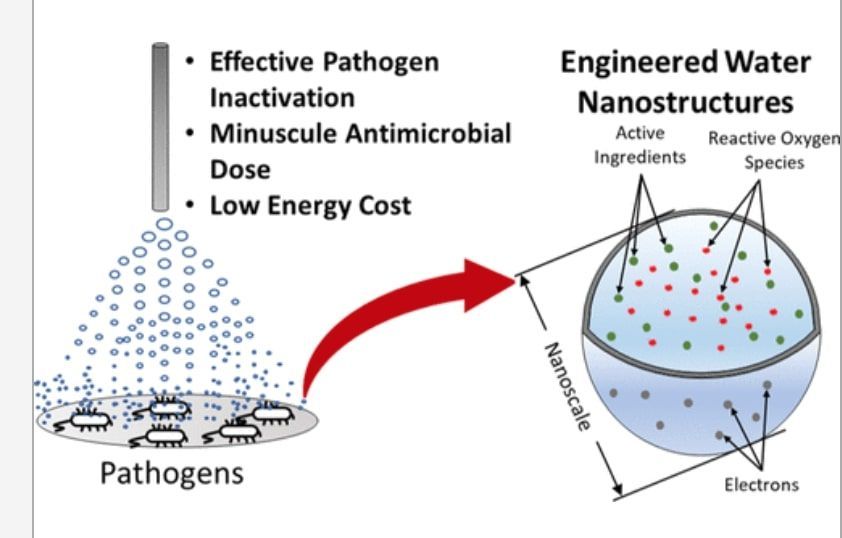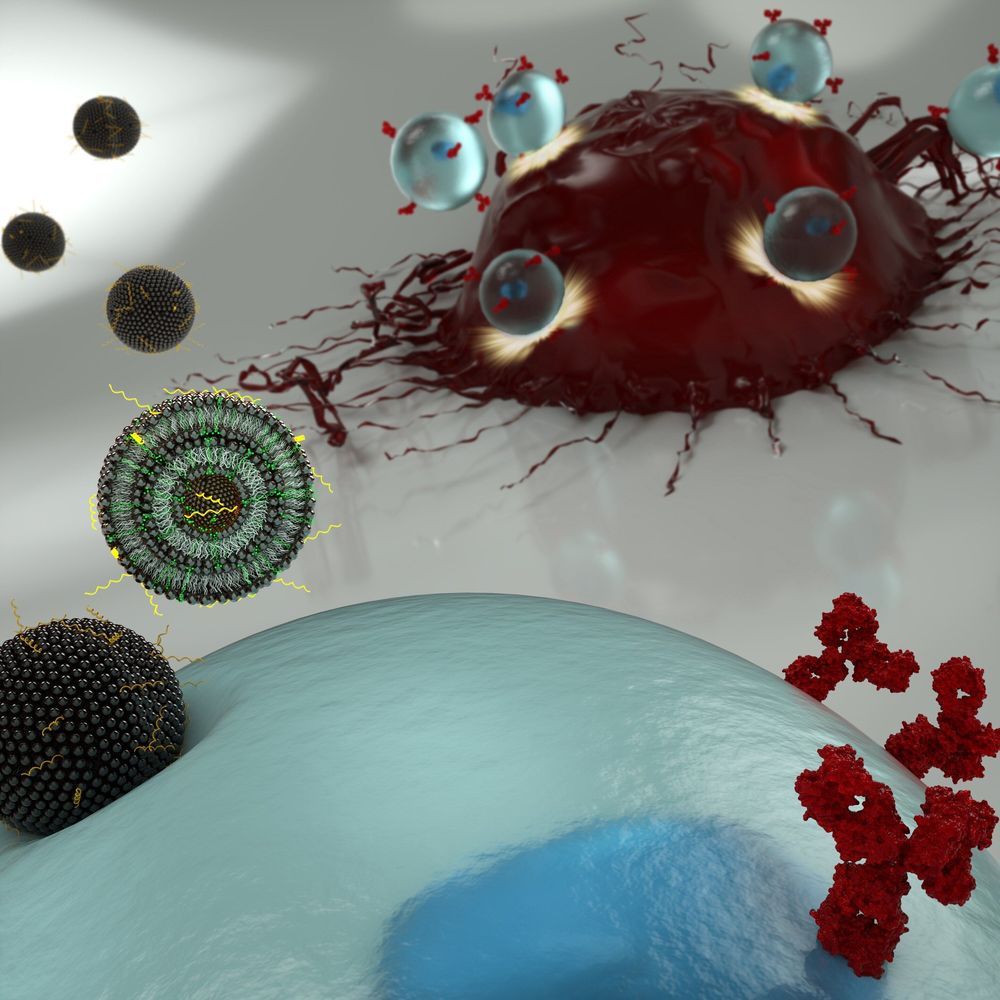“This is a very serious public health situation,” said Dr. Nancy Messonnier, director of the National Center for Immunization and Respiratory Diseases. “Moving forward, we can expect to see more cases, and more cases means more potential for person-to-person spread.”
The virus, which emerged Dec. 31, has already spread to more people than the 2003 SARS epidemic, which sickened roughly 8,100 people across the globe over nine months. The transmission makes the U.S. at least the fifth country where the infection is now spreading through human-to-human contact, including China. Officials of the Centers for Disease Control and Prevention said there are at least nine cases of human-to-human transmission outside of China, as of Thursday.
As of Thursday afternoon, 8,137 cases were confirmed in mainland China alone, according to Chinese state media, and more than 100 cases were confirmed elsewhere around the world — bringing the global total to at least 8,248.


